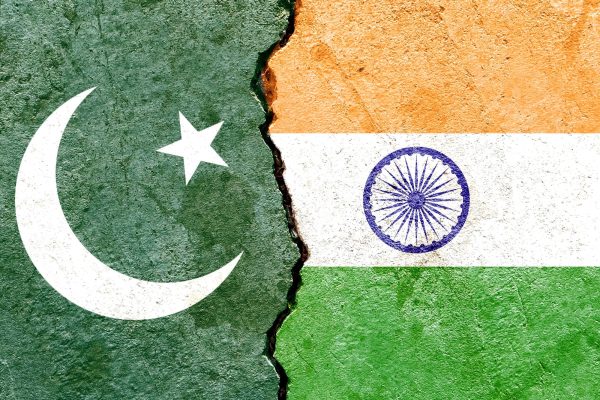
For a long time, the generation that bore the brunt of the violent and acrimonious partition of India – centered on the two provinces that were actually divided, Bengal in the east and Punjab in the west – in 1947 was blamed by scholars and commentators for the strained relationship between India and Pakistan. But in recent years, while ties between the two countries may have steadily deteriorated, people who witnessed Partition and are eager to visit their erstwhile homes or be re-united with their siblings or extended families are emerging as a potential bridge between India and Pakistan.
Last month, Reena Chhibber Verma, a 90-year-old resident of Pune, Maharashtra, India, got a chance to visit her ancestral home in Rawalpindi (Pakistan) and received a warm welcome. Verma said that there are many others like her, on both sides, who want to visit their erstwhile homes, and they should get an opportunity.
“It was my dream to see my [former] house at least once,” she told reporters after her visit. “… I have no words to say thanks for the hospitality I received there. I will request the government to make it easy for the Partition victims above 90 years of age to go to Pakistan so that they can see their homes.”
Another important development in the last few months has been the numerous instances of individuals from both sides (mostly from both the Punjabs, but some from other provinces on both sides too) who have re-united at Darbar Sahib in Kartarpur, Pakistan. This is the final resting place of the founder of the Sikh faith, Guru Nanak, and in 2019 a religious corridor connecting Dera Baba Nanak in Punjab, India, with Darbar Sahib was inaugurated. Via this corridor, devotees from the Indian side can pay obeisance at Darbar Sahib without a visa, but need to return the same day (they also need to carry their passports). While the corridor was closed in April 2020 due to COVID-19, since the re-opening of the corridor in November 2021 there have been numerous cases of individuals from both sides re-uniting with members of their families or extended families for the first time since Partition.
These reunions have been made possible largely through the efforts of a Punjabi YouTube channel, “Punjabi Lehar,” founded in 2013. The channel has conducted video interviews with survivors of Partition – many of them from separated families – which went viral. In one of the most important examples, Saddique Khan, a resident of Faisalabad, Punjab, Pakistan, and Sikka Khan alias Habib, a resident of Bathinda, Panjab, India, re-united at Kartarpur in January 2022. Later on, Sikka Khan was issued a Pakistan visa and he was able to stay from March-May 2022), while Saddique Khan visited India in May 2022.
In another important step toward healing, an ardas (Sikh prayer) for the 10 million Punjabis – Hindu, Muslim, Sikh and others – who died during the bloody Partition of Punjab, and others who had to suffer the pain of being displaced from their homes during this cataclysmic event, was held at Sri Akal Takht Sahib, the supreme temporal seat of the Sikhs, at Golden Temple, Amritsar, in India’s Punjab. While there have been numerous calls for reconciliation, this prayer was an important step toward inter-faith healing between different communities and remembrance of the traumatic event. In addition to the hosting Sikhs, members from both the Muslim and Hindu communities were present at the prayer. After the prayer, the jathedar (head priest) of the Akal Takht urged both the Indian and Pakistani parliaments to pass a resolution convening their condolences to victims of Partition. He also said both government should make travel easier for those born before Partition, so the displaced can visit their ancestral homes and divided families can reunite.
In the decades since Partition, the Partition survivors in both countries were often cited as the main source of conflict between both countries. In recent years, this is beginning to witness a change. While the dynamics of the India-Pakistan relationship are complex, it is important for research organizations and civil society groups to carry on with the stellar work they have been doing in collecting oral histories of survivors of Partition, and also in facilitating reunions of separated families from both sides.
It is also important for both countries to ease visa procedures for individuals over 75 years old on both sides, who want to visit their erstwhile homes and in many cases reunite with their family members from whom they have been separated.
Partition Survivors’ Important Role in India-Pakistan Reconciliation
Source: Frappler

0 Comments